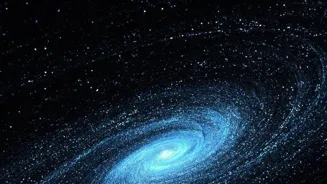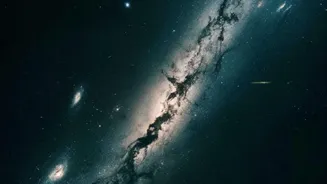Unravel the Enigma: Cosmic Microwave Background and the Universe's Secrets. Delve into the cosmic mysteries!
For ages, scientists have gazed at the stars, trying to unravel the mysteries of the universe.
One of the biggest clues they’ve found is something called the Cosmic Microwave Background, or CMB. Imagine it like this: the universe, right after its birth, was incredibly hot and dense.
As it expanded and cooled, this heat started to fade, leaving behind a faint glow that still exists today. This glow is the CMB, and studying it can tell us a lot about what the universe was like in its baby years, and how it evolved to become what it is today.
Tiny CMB temperature ripples are seeds of cosmic structures
The CMB isn't just a uniform glow; it has tiny temperature fluctuations, like ripples in a pond. These ripples are extremely important. They represent the seeds of all the structures we see today – galaxies, clusters of galaxies, and even the empty spaces in between.
Think of it like this: where the CMB was slightly hotter, gravity pulled more matter, and eventually, these areas became the massive structures in the cosmos. Where it was slightly cooler, there was less matter, resulting in voids.
Mapping these fluctuations is like taking a snapshot of the universe's blueprint. By studying the size, distribution, and intensity of these ripples, scientists can precisely determine the age, composition, and evolution of the universe. It's like reading the DNA of the cosmos!
Space missions analyze CMB data for cosmological insights
These fluctuations have been measured with incredible precision by space missions like COBE, WMAP, and Planck. The Planck mission, in particular, provided the most detailed map of the CMB to date. Analyzing this data is a complex and painstaking process.
Scientists use sophisticated computer models and statistical techniques to extract meaningful information from the faint signals hidden within the CMB. This involves separating the CMB signal from other sources of radiation in the universe, like the glow of our own galaxy.
It is a bit like trying to hear a whisper in a very noisy room. These CMB observations have revolutionized our understanding of cosmology, providing strong support for the Big Bang theory and allowing for precise measurements of key cosmological parameters.
CMB reveals universe composition: dark matter, dark energy mysteries
One of the most fascinating things that the CMB tells us is about the composition of the universe. Scientists have determined that ordinary matter, the stuff that makes up stars, planets, and us, accounts for only about 5% of the universe's total mass and energy.
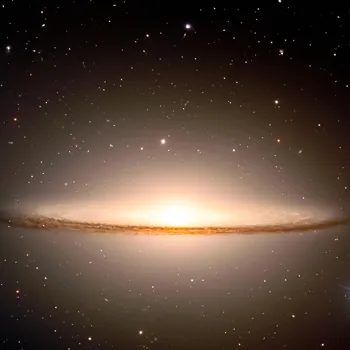
The rest is made up of dark matter (about 27%) and dark energy (about 68%). Dark matter is an invisible substance that interacts gravitationally but doesn't emit or absorb light. Dark energy is an even more mysterious force that is causing the expansion of the universe to accelerate.
Nobody knows what dark matter and dark energy are made of, they are still a great enigma. The CMB provides the strongest evidence for the existence of these mysterious components, as its properties can only be explained if they are present.
Indian scientists advancing CMB research with cutting-edge experiments
Indian scientists are actively involved in CMB research. Many are contributing to efforts to analyze data from existing missions and develop new experiments to probe the CMB with even greater precision.
For example, the Indian Telescope at Hanle is being used to observe the CMB at different wavelengths, which can help to distinguish the CMB signal from other sources of radiation.
Indian scientists are working on theoretical models to better understand the origin and evolution of the CMB fluctuations. Their contributions are helping to push the boundaries of our knowledge and address some of the biggest questions in cosmology.
The country’s investment in astronomy and astrophysics is growing, fostering a new generation of researchers eager to explore these cosmic mysteries.
Exploring universe's past & future with CMB
The study of the CMB is not just about understanding the past; it also gives insights into the future of the universe. By carefully measuring the properties of the CMB, scientists can test different cosmological models and make predictions about how the universe will evolve.
For example, the CMB can provide information about the rate at which the universe is expanding, which is crucial for understanding its ultimate fate. Whether the expansion will continue forever, slowing down or even reversing, depends on the amount of dark energy in the universe.
The CMB allows us to peek into the deep history of the cosmos, understand its current composition, and make educated guesses about what’s to come. Therefore, CMB is one of the significant tool in exploring secrets of universe.
The CMB: Afterglow of the Big Bang, earliest light in universe
The cosmic microwave background (CMB) radiation, discovered in 1964, is the afterglow of the Big Bang, representing the earliest light we can observe in the universe.
At the time of its creation, about 380,000 years after the Big Bang, the universe had cooled enough for electrons and protons to combine and form neutral hydrogen atoms.
Before this, the universe was a hot, dense plasma where photons constantly scattered off free electrons, preventing light from travelling freely.
This moment of 'recombination' allowed photons to travel vast distances, and these photons, stretched by the expansion of the universe, are what we observe today as the CMB. Its temperature is incredibly uniform, about 2.725 Kelvin (-270.
425 degrees Celsius), but with faint temperature variations, or anisotropies, at the level of a few parts per million.
Density variations in CMB reveal universe's evolution from early hot/cold spots
The tiny temperature fluctuations in the CMB are not random noise; they are the imprints of density variations in the early universe.
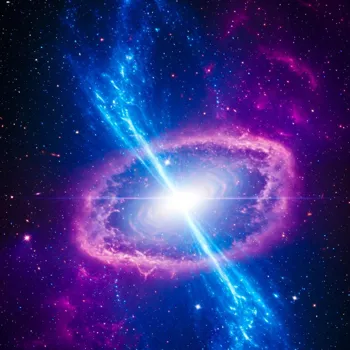
These density variations, amplified by gravity over billions of years, ultimately led to the formation of galaxies, clusters of galaxies, and all the other large-scale structures we see today. Imagine tossing a handful of pebbles into a perfectly still pond.
The ripples created by the pebbles interfere with each other, creating a complex pattern of peaks and troughs. Similarly, the density fluctuations in the early universe created a pattern of hot and cold spots in the CMB.
The size and distribution of these spots are determined by the fundamental properties of the universe, such as its density, composition, and expansion rate.
By studying these patterns, scientists can learn about the conditions that existed in the early universe and the processes that shaped its evolution.
Sophisticated tools used to analyze CMB data for cosmological insights
The analysis of the CMB relies heavily on sophisticated tools, including advanced telescopes, sensitive detectors, and complex computer simulations.
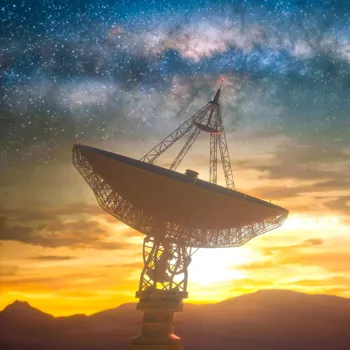
Ground-based telescopes, such as the South Pole Telescope and the Atacama Cosmology Telescope, observe the CMB from high-altitude locations with minimal atmospheric interference.
Space-based missions, like COBE, WMAP, and Planck, offer an even clearer view of the CMB, free from the distortions caused by the Earth's atmosphere.
The raw data from these telescopes are then processed using sophisticated algorithms to remove foreground contamination, such as the emission from our own galaxy and other astrophysical sources.
Finally, the cleaned CMB maps are analyzed using statistical techniques to extract cosmological information, such as the age, geometry, and composition of the universe.
CMB measurements confirm standard cosmology, support inflation theory
The information from the CMB has provided some of the most precise measurements of key cosmological parameters, such as the Hubble constant (the rate at which the universe is expanding), the density of matter and energy, and the age of the universe.
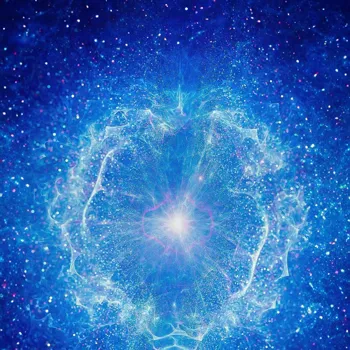
These measurements have confirmed the standard model of cosmology, which describes the universe as a flat, expanding space containing a mixture of ordinary matter, dark matter, and dark energy.
The CMB also provides strong evidence for the theory of inflation, which suggests that the universe underwent a period of rapid expansion in its very early stages.
Inflation explains the flatness of the universe, the uniformity of the CMB, and the origin of the density fluctuations that seeded the formation of large-scale structures.
Indian scientists pioneer CMB research, advancing detectors and theories globally
Indian scientists are heavily involved in CMB research, constructing its own future in this field. They are helping to build even more sophisticated detectors and telescopes, and they are working to develop new theoretical models that can explain the observations.
Indian researchers are also collaborating with international teams. Their active work on the analysis of CMB data, including contributions to theoretical models, are expanding boundaries of knowledge and helps to resolve the biggest questions in cosmology.
The future of CMB research is bright, with new missions and experiments planned that will probe the CMB with even greater precision and sensitivity.
Refining CMB properties reveals universe secrets
By refining the precision of calculating CMB properties, experts can check the past, know current contents, and have a better idea of universe future. By understanding the intricacies of CMB, researchers can further explore the depths of cosmology.
The discovery of CMB is pivotal for cosmological studies. It allows one to estimate universe evolution, to check the accuracy of existing models and theories. Furthermore, it offers insights into the mysteries of dark energy and dark matter.
By constantly probing, one can unfold the secrets of universe development.
AI Generated Content. Glance/InMobi shall have no liability for the content